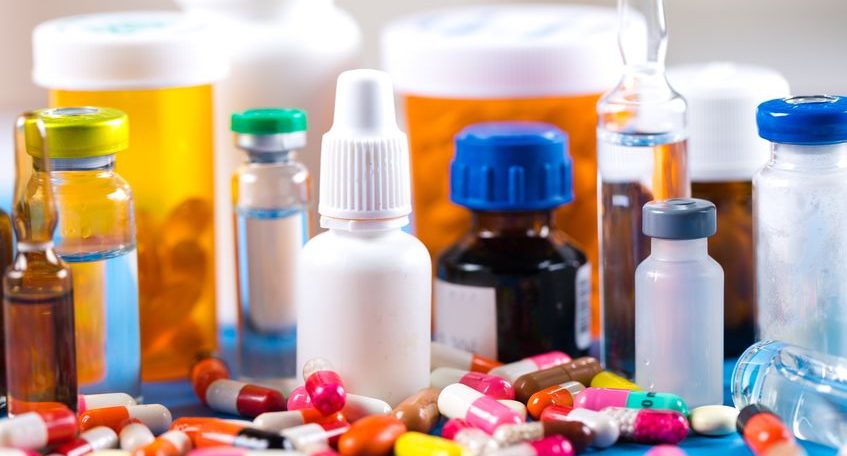In this post, we will delve into NAFDAC registration requirements for drugs and chemicals, we explained the application and documentation process.
It is necessary to emphasize that, no Drug shall be manufactured, imported, exported, advertised, sold, distributed or used in Nigeria unless it has been registered in accordance with the provisions of NAFDAC Act CAP N1 (LFN) 2004, other related Legislations and the accompanying Guidelines.
Applications
- A written application for Registration of Drugs made in Nigeria shall be made on the company’s letter head paper to the Director-General (NAFDAC), ATTENTION: The Director, Registration and Regulatory Affairs (R & R) Directorate, Ground Floor, NAFDAC Office Complex, Isolo Industrial Estate, Oshodi-Apapa Express Way, Isolo, and Lagos State.
- An online application form for Product Registration should be purchased at; http://registration.nafdac.gov.ng and completed.
- A separate application form shall be submitted for each product.
Documentation
The application letter and print-out of the registration form are to be accompanied with two (2) sets of the following documents are to be submitted at the Liaison Office of the Director (LOD), R & R Directorate, Ground Floor, NAFDAC Office, Lagos State or any NAFDAC Office (outside Lagos):
- Evidence of Business Incorporation. In-case of Micro, Small and Medium Enterprises (MSMEs); evidence of Business name.
- Evidence of payment to the Agency.
- Contract Manufacturing Agreement (where applicable).
- Evidence of Registration of Brand Name with Trademark Registry in the Ministry of Industry, Trade and Investment. This should be done in the name of the owner of the Trademark/Brand name as the case may be (Trademark Class 5 for Drugs).
- Copy of valid Annual License to practice for the Superintendent Pharmacist issued by Pharmacists Council of Nigeria.
- Copy of valid Premises Retention License for the facility.
- Evidence of PMG-MAN membership.
- Evidence of satisfactory Inspection issued by the relevant Directorate or Good Manufacturing Practice (GMP) certificate for product line (companies with registered products).
- Product Labels/artwork.
- Comprehensive Certificate of Analysis. The certificate of analysis must be presented on a letter headed paper of the Quality Control Laboratory where the product was tested/evaluated and should contain the under listed information:
- The brand name of the product
- The batch number of the product
- The manufacturing and expiry dates
- The name, designation and signature of the analyst
- Product Dossiers which should be;
- In a Compact Disc (CD).
- Searchable Portable Document Format (pdf).
- Common Technical Document (CTD) format
READ: DPR Downstream Licenses & Permits and How to Apply
Product Approval meeting
Upon satisfactory Documentation review, GMP inspection of the production facility and laboratory analysis of product, products are presented for Approval Meetings.
For products labels with compliance issues, compliant artworks may be submitted with a commitment letter from manufacturer (stating that the commercial products will be in compliance)
Issuance of Notification
For products approved at the meeting, Notification of Registration is issued to the applicant while Compliance Directive is issued to those not approved.
Labelling Guidelines for Drugs made in Nigeria
- Labelling should be informative and accurate.
- Minimum requirements on the product label in accordance with the Drug Labelling Regulations
include:
- Generic name and product brand name (where applicable).
- Name and full location address of the manufacturer.
- Provision for NAFDAC Registration Number on product label6.2.4. Batch No., Manufacturing date and Expiry date.
- Dosage form & strength
- Indications, frequency, route, conditions of administration (Over the counter; OTC
- drugs).
- Dosage regimen on the package (Over the counter; OTC drugs).
- Patient Information Leaflet (PIL)
- Net content of product
- Quantitative listing of all the active ingredients per unit dose
- Adequate warnings where necessary.
- Storage conditions
- Where a brand name is used, there MUST be the generic name which should be
- conspicuous in character, written directly under the brand name.
- Any drug product whose name or package label bears close resemblance to an already registered product or is likely to be mistaken for such registered product, shall not be considered for registration.
- Any drug product which is labelled in a foreign language shall NOT be considered for registration unless an English translation is included on the label and PIL (where applicable).
- See the Agency’s Drug Labelling Regulations and other relevant Regulations for specific details.

